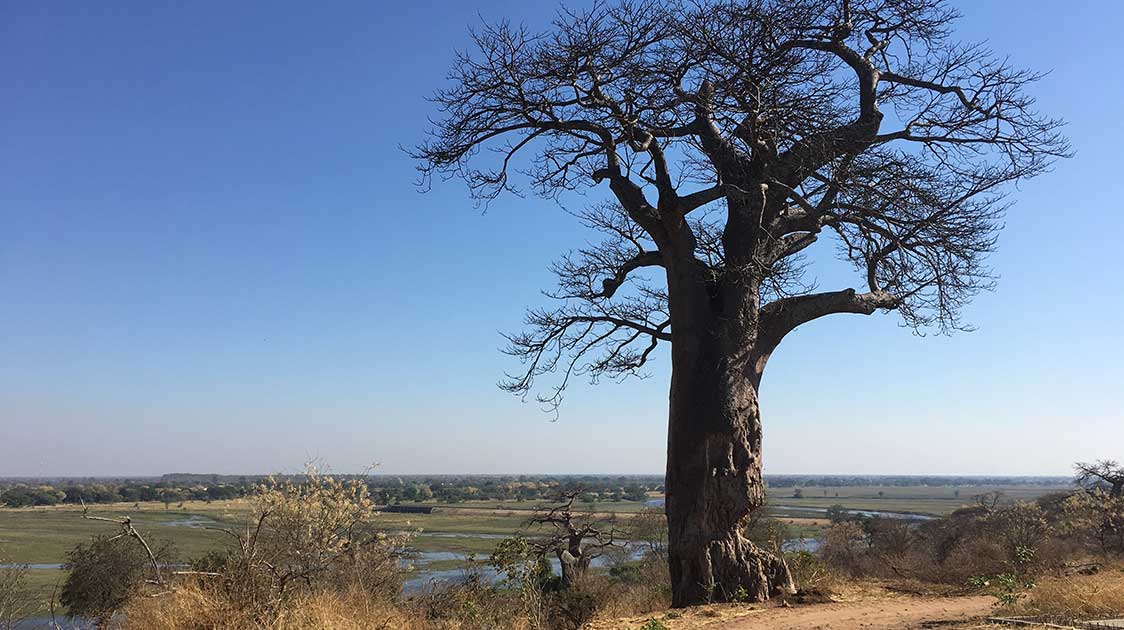
Looking to plant a Bios Urn® in South Africa, but you are unsure about which tree to use? We have got you covered. We will be posting a few posts about tree species compatible in different zones and throughout different parts of the world.
In this post, we will be focusing on popular trees in South Africa and the best native or common tree species we recommend.
South Africa has a plethora of iconic, indigenous trees that add to the beauty of South African biodiversity. To name only a few, the grand Baobab, Marula trees, the sausage tree and the quiver tree are amongst the most popular trees found in this part of the world.
Take your time to research all of these trees in South Africa and choose the one that is right for you and your family.
Before choosing your tree type
The Bios Urn® works with any kind of seed or seedling! There are literally no exceptions. You can elect to use your own by sourcing it directly yourself, and therefore choose a tree which is sentimental and meaningful to you. Fruit trees, flowering trees, evergreens or conifers are all completely compatible.
That said, we always recommend choosing a native tree species or one which is common to your location, to respect the ecological balance and ensure better growth. So be sure to check with a local gardening supplier or horticulturist for information on native tree species in your area.
Remember you can also elect to use a seedling, or sprout instead of a seed. Or some people also chose to plant a flower, a plant, or a bush instead of a tree.
Popular trees in South Africa
Baobab
All species of baobab trees are deciduous, meaning they shed their leaves annually. This tree is very unique in its appearance and can grow to great sizes, ranging from 5 to 20 m in height. Carbon dating has shown that they can live as long as 3000 years. A very old and hollow baobab in Zimbabwe is so big it can hold up to 40 people inside its trunk. Its trunk varies from a pinkish-grey to copper in colour, and is smooth and glossy in texture. When its leaves shed, the baobab looks like a tree that has been planted upside-down – its finger-like branches spreading like roots. These trees do not die easily, surviving fires and growing new bark if they have been stripped. When they eventually die, they collapse from rotting on the inside and leave mounds of fibres behind. People think these majestic trees disappear rather than simply die. Because of their size and age, an old baobab tree can form and sustain its own ecosystem. Numerous insects and animals, big and small, are dependent on the baobab. Baboons feed on the baobab’s fruit, bush babies and fruit bats drink its nectar and pollinate its flowers, birds nest in its branches, and elephants have been reported to flatten entire trees and eat them. The San people believe that the baobab does not simply grow as other trees do, but disappear after falling to the ground when old and fully grown, like a magical tree. A young version of this tree looks distinctly different to an older version.
Black Monkey Orange
The black monkey orange bears a fruit about the same size as a commercial orange – up to 10 cm wide. This fruit starts out green-blue in colour and ripens to a dull yellow colour. Despite their size and thick rinds, the fruit is eaten by herbivores, such as kudu, eland, and nyala. Baboons, monkeys, and bushpig will also eat the fruit, and manage them a little easier than the antelope. Due to their appeal to wildlife, humans who share the same habitat with wildlife will bury the monkey orange fruit until they are ripe and ready to eat. Humans may eat the fruit fresh, only when ripe, or dry and powder it. It may be kept for weeks in its powder form. Drying the fruit with fire is supposed to improve the sweetness and for this task, silver cluster-leaf is the favoured wood. The shells of the fruit are used as sounders on traditional musical instruments or may be used as decorative calabashes and placed in fruit baskets in modern game lodges and homes.
Buffalo Thorn
Another one of the popular trees in South Africa, the buffalo thorn blooms from October to April, showing its silvery green flowers hiding in dense bunches of its leaves. Its leaves, too, are silvery-grey, which gave it the Afrikaans name blinkblaar, meaning ‘shiny leaf’. It carries fruits from February to August. The bark of this tree is a dark grey to brown in colour and has a rough texture. The buffalo thorn is a deciduous tree, meaning it sheds its leaves annually. It grows quickly – up to 17 m tall – and is resistant to extreme weather conditions. Its thorns grow in pairs with one thorn being straight and the other hooked, and at times the tree can lose them entirely. Its complex thorn system make the buffalo thorn tree an effective perimeter barrier. The flowers and fruit attract a variety of insects and birds, which eat the large red berries.
Bushwillow
The bushwillow blooms during September in greenish-yellow axillary spikes. These sweet fragrant flowers have been seen to be in bloom during February and March, and it may therefore be possible that they bloom either for a prolonged period of time or twice a year. In comparison to other Combretum species, the bushwillow’s leaves are fairly large. This shrub is widely distributed and common. It reaches a height of up to 4 m and grows in deep and loamy sand.
Common Star Chestnut
The ‘star-chestnut’ name is derived from the peculiar fruit which consists of three to five velvety boat-shaped carpels which are arranged in a star-like pattern. Each carpel is velvety to the touch, about 5 cm long with a prominent beak. They are dehiscent and burst open to reveal the black seeds which are embedded in long fine hairs. The seeds are edible but one should take care not to make contact with the hairs which sting like those found on a hairy caterpillar should they touch the skin.
Corkbush
The cork bush is a very attractive plant. It has pale grey leaves embedded with fine silver hairs that make the whole plant seem shiny. When in flower, the cork bush turns vibrant purple with dense bunches of blossoms. The bark of the cork bush is thick, furrowed and corky which is where its common name comes from. It contains rotenone which acts as an insecticide. Like the leaves, the flat brown pods are velvety in texture. The Latin species name, ‘sericea’, means ‘silky’ due to the nature of the leaves and pods.
Jackalberry
The Jackalberry tree can grow extremely tall, up to 25 m high. The circumference of its trunk measures about 4 m. The tree trunk grows upright, spreading its first branches high above the ground. Older trees have grooved and flattened ridges at the base which support them. When the tree is young, its bark is a dark brown, which grey’s as the tree ages. The bark’s deep horizontal grooves make it rough to the touch. The crown of the tree is thick, dark green and spreads wide. Its leaves are elliptical-shaped, about 13 cm (5.5 inches) long and 8 cm (3 inches) wide. Young leaves have smooth or slightly curvy edges, whereas older leaves are shiny and have a leathery appearance – dark green on the top and lighter on the bottom. Young trees do not lose their leaves, but starts to shed its leaves in early spring as it ages. New leaves and twigs are covered in soft hairs, and vary from pink, orange to reddish in colour. These leaves come out from June to October.
Knob Thorn
The knob thorn tree is characterised by the shape of its leaves. Each leaf comprises of four to six leaflets, is rather large with lopsided bases and double pinnately compound. The rachis bends backwards and has small spines. This tree is deciduous, losing its leaves in winter and early spring. New leaves can be bright red in colour. In some cases, individual species of knob thorn trees do not grow knobs on their branches or trunks. It ranges from 5 m to 18 m in height and is fire-resistant. The common name for the knob thorn tree in Afrikaans and English refers to its typically knobbed thorns.
Lala Palm
Another one of the most popular trees in South Africa, the lala palm tree grows about 5 to 7 m in height, but can reach 15 m. Its stems, growing singly or as more than one, thicken slightly halfway up. Its leaves are greyish-green in colour and resemble the form of a fan. The fruits are the size of tennis balls, changing in colour as they ripen from green to orange, to a shiny dark brown. Each tree can produce as many as 2000 fruits, taking two years to mature and two more years to fall. The seeds of these fruits are covered in a thin layer of sweet, ginger-flavoured, soft, fibrous pulp. This tree is locally known as the Molalla tree.
Marula Tree
The marula tree has a history that dates back thousands of years. Archaeological evidence has shown that this tree has been a nutritional source since about 10 000 BC. The marula fruit and nut are rich in minerals and vitamins, and it is estimated that 24 million marula fruits were eaten in Zimbabwe’s Pomongwe Cave. The marula tree is deciduous and blooms from September to November. It produces fruit that is high in vitamin C from January to March. This tree can reach a height of 18 m, and its fruits and leaves are enjoyed by the waterbuck, warthog, elephant, giraffe, kudu and elephant. The marula tree can be found in South Africa in KwaZulu-Natal, stretching as far north as Ethiopia. They grow in sandy loam soils and in woodlands of various sorts.
Mopane Tree
The mopane tree characterises the landscape in which it grows for the most part of the year, its new green leaves turning a variety of autumn colours later in the season. It is known for its kaleidoscopic appearance and butterfly-shaped leaves – two small leaves growing from one petiole. Most mopane trees are multi-stemmed, spreading upwards in a V-shape with a sparse, rounded crown. These trees can measure up to 25 m in height, particularly in alluvial soils.
Natal Mahogany
The Natal Mahogany is an evergreen tree that can reach a height of 20 m. It bears a wide spreading crown, creating dense shade under its branches of shiny, dark green leaves. It has sweetly fragranced flowers growing in thick bunches, which are a creamy green in colour. The bark varies from dark brown to grey, and is smooth to the touch. The nectar attracts birds and bees. When the fruit of the mahogany tree matures, its splits open and birds can access its red and black seeds. A tree will at times only bear male flowers, and will therefore never fruit.
Sausage Tree
As one of the most popular trees in South Africa, the sausage tree carries beautiful flowers varying from blood red to maroon, hanging down in long panicles. Animals such as bushpigs, the impala, duikers, baboons and lovebird come to feed from the low hanging flowers, rich in nectar. Its scent is unpleasing to humans but attracts its pollinator – the dwarf epauletted fruit bat (Micropteropus pusillus). From these beautiful flowers grey fruits grow for months into a sausage-like shape. becoming over 30 cm long and weighing over 4.5 kg.
Sickle Bush
The leaves of the sickle bush are soft and feathery. Like other parts of the tree, they are nutritious and are also used in a number of medicinal applications. The flowers of the sickle bush are the most unique and striking of bushveld flowers. The flowers look like miniature Chinese lanterns and the tree is sometimes referred to as the Chinese lantern tree. The decorative flowers are present on the tree (quite appropriately) over the Christmas season. The clusters of contorted pods produced by the sickle bush are unmistakable and are relished by animals for their high nutritional value. The sickle bush is a very nutritious plant and virtually the whole plant is eaten by animals, especially elephants. It produces these hard spines to limit the amount of herbivory taking place on the tree.
Silver Cluster-leaf
The silver cluster-leaf has a practical common name. Its long lance-shapes leaves are clustered at the ends of the branches and fine silvery hairs covering the surface of the leaves give them a shiny appearance with the result that the whole tree takes on a silvery sheen. Unlike their close relatives the Combretum genus, the Terminalia genus has two-winged pods (as opposed to four-winged pods). These are pink in colour and persist on the tree for a long time in a dried out form.
Umbrella Thorn
This tree is the archetypal shape of a thorn tree, shaped like an umbrella. It is a slow growing tree, reaching heights from 5 m to 20 m and a span of 8 m to 13 m. The bark is greyish-black in colour and is rough to the touch. Its thin, white thorns grow in pairs of one straight and one hooked thorn, and its leaves are small giving the tree a soft appearance. The umbrella thorn tree blooms in December, carrying thick, creamy white spheres of florets, which form in bunches on older wood. Its pods are curly and a light gold-brown in colour. Flowering can be sporadic, however, depending on the rains.
Many animals depend on the umbrella thorn tree for food and shelter. Various bird species nest under their wide canopies, and animals browse on their leaves and thorns when soft and new. Its thorns harden with age, preventing over-browsing.
Weeping Boer Bean
The flowers of the weeping boer bean have vividly coloured sepals, stamens and stalks, which overflow with dripping nectar. This suggests the origin of its common name weeping boer tree, named huilboerboon in Afrikaans. The weeping boer bean is a medium-sized to large tree, varying in height from 11 m to 16 m and able to reach 22 m. It has a single trunk which grows its first branches rather close to the ground. The tree is densely branched and has a round, wide-spanning top. Its leaves are compound, comprised of four to six leaflets. The leaves have curvy edges, a reddish-copper colour when new and maturing to a bright green, and then a shiny dark green. The bark of the tree has a rough texture and is brown to grey-brown in colour. In areas of no frost, the weeping boer bean is evergreen. In colder areas, it is deciduous and loses its leaves from winter to spring.
Weeping Wattle
The weeping-wattle gets the weeping part of its name from the fact that it harbours spittle-bugs. These small sap-sucking insects tap moisture from the stems of the weeping-wattle so rapidly that it is excreted almost as quickly as it is ingested. Some of the fluid is frothed into a protective coating against the sun and predators but the copious liquid drips off the spittle bugs and gives the impression that the tree is weeping. The weeping-wattle has very large feathery twice-compound leaves that have a lovely velvety feel to them.
The flowers are bright yellow with crinkly petals and create a spectacular show when they emerge in clusters on the trees. They are also sweet to the nose and these features make the tree a particularly suitable specimen for growing in the garden (in areas where frost doesn’t occur). Nectar loving insects such as bees visit the tree when it’s in flower as do insectivorous birds which feed on the insects
Before planting your Bios Urn® tree
Regardless of your chosen tree species, all seeds and seedlings should be planted during their correct planting season. Please read our planting guide here to get more information about this.
Basic care is required for the seeds or seedling – the same with the plants in your home, watering and sun is needed, but levels vary. You can check out our Planting Tips page and our FAQ page, which feature additional information about the Bios Urn® and how to use it.
After reading about the most popular trees in South Africa, you may also be interested in reading the following articles:
How to use the Bios Urn® with your own tree of choice
How Can I Make Sure My Bios Urn® Tree Grows?
Other areas of the world:
Europe
South America
The U.S.
Canada
Asia
Australia & New Zealand
Join our mailing list to keep you updated of all Bios® news and get a 10% Discount!
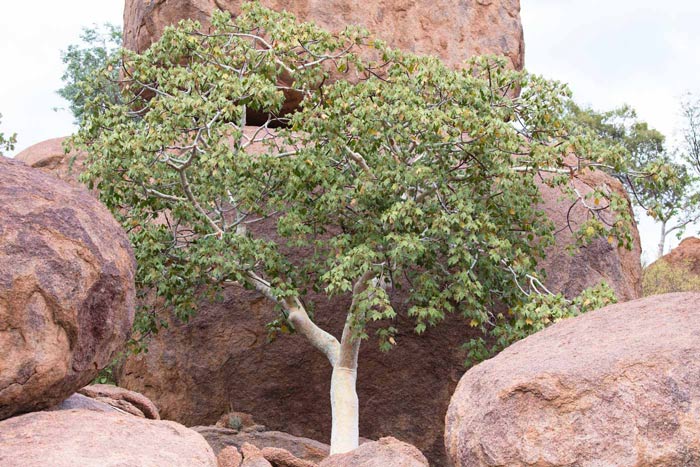
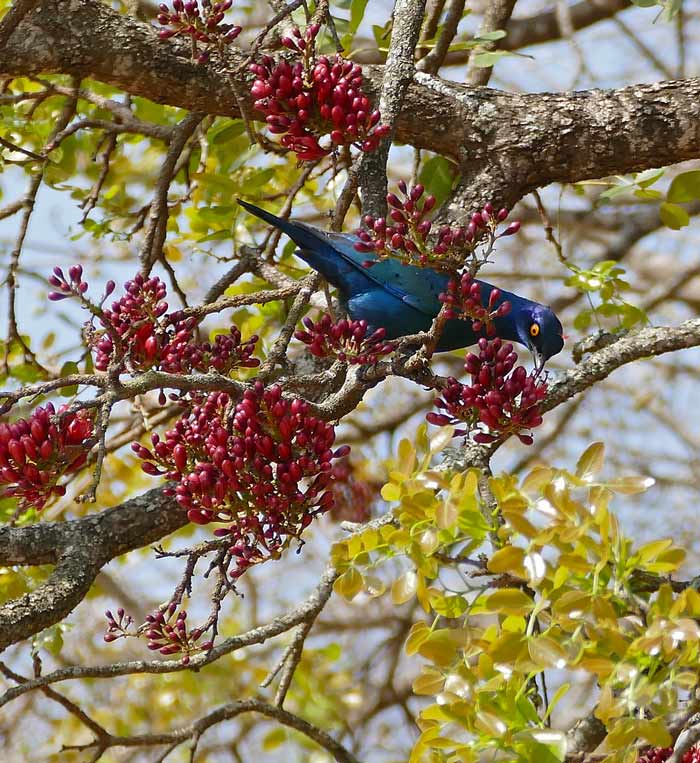

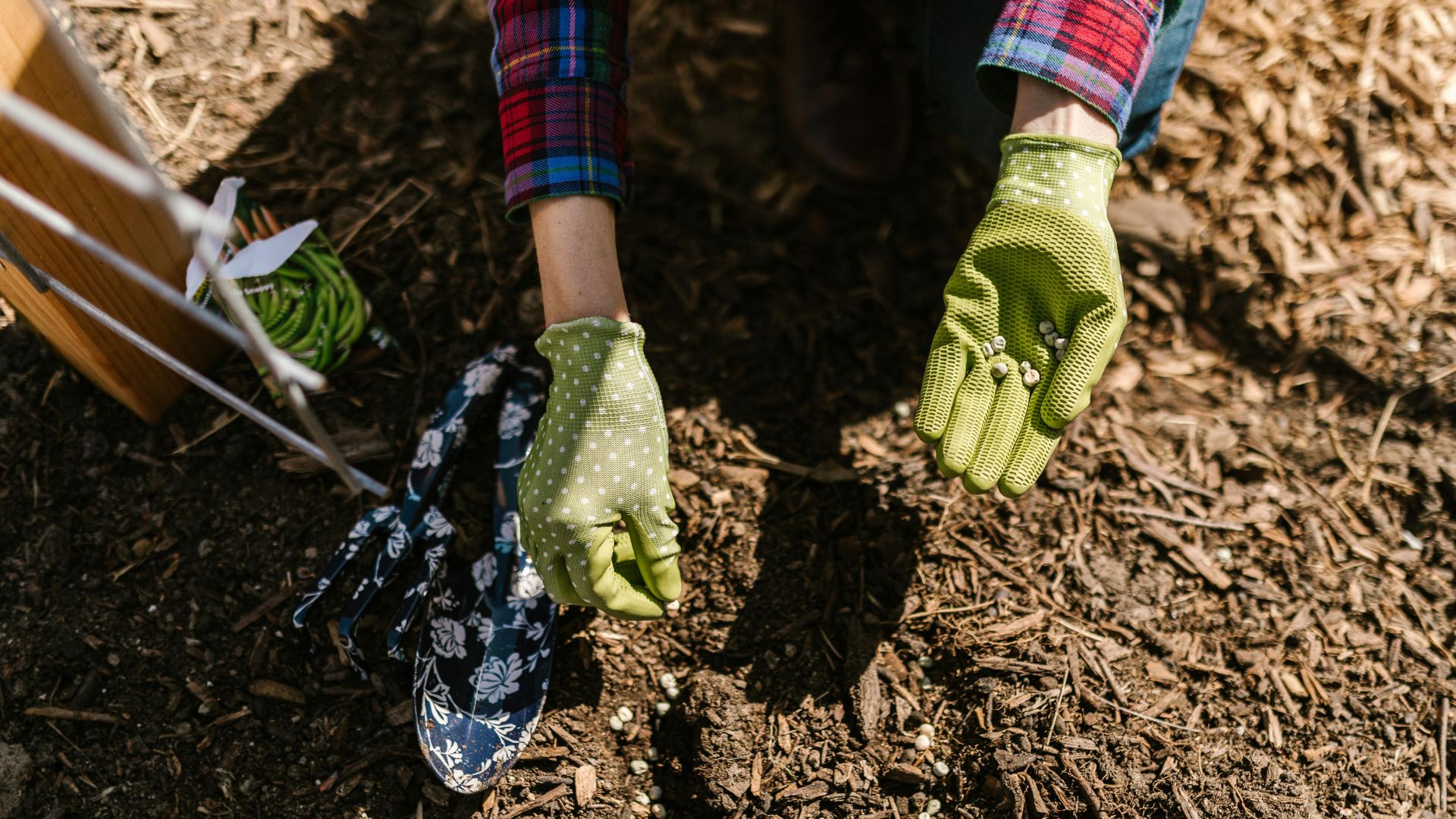
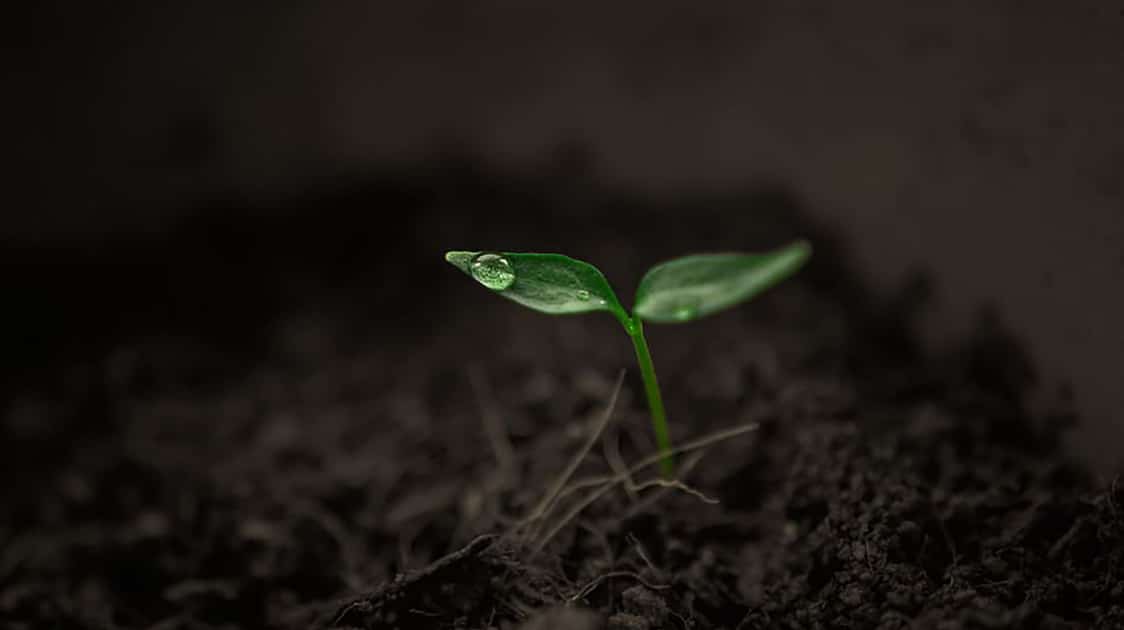
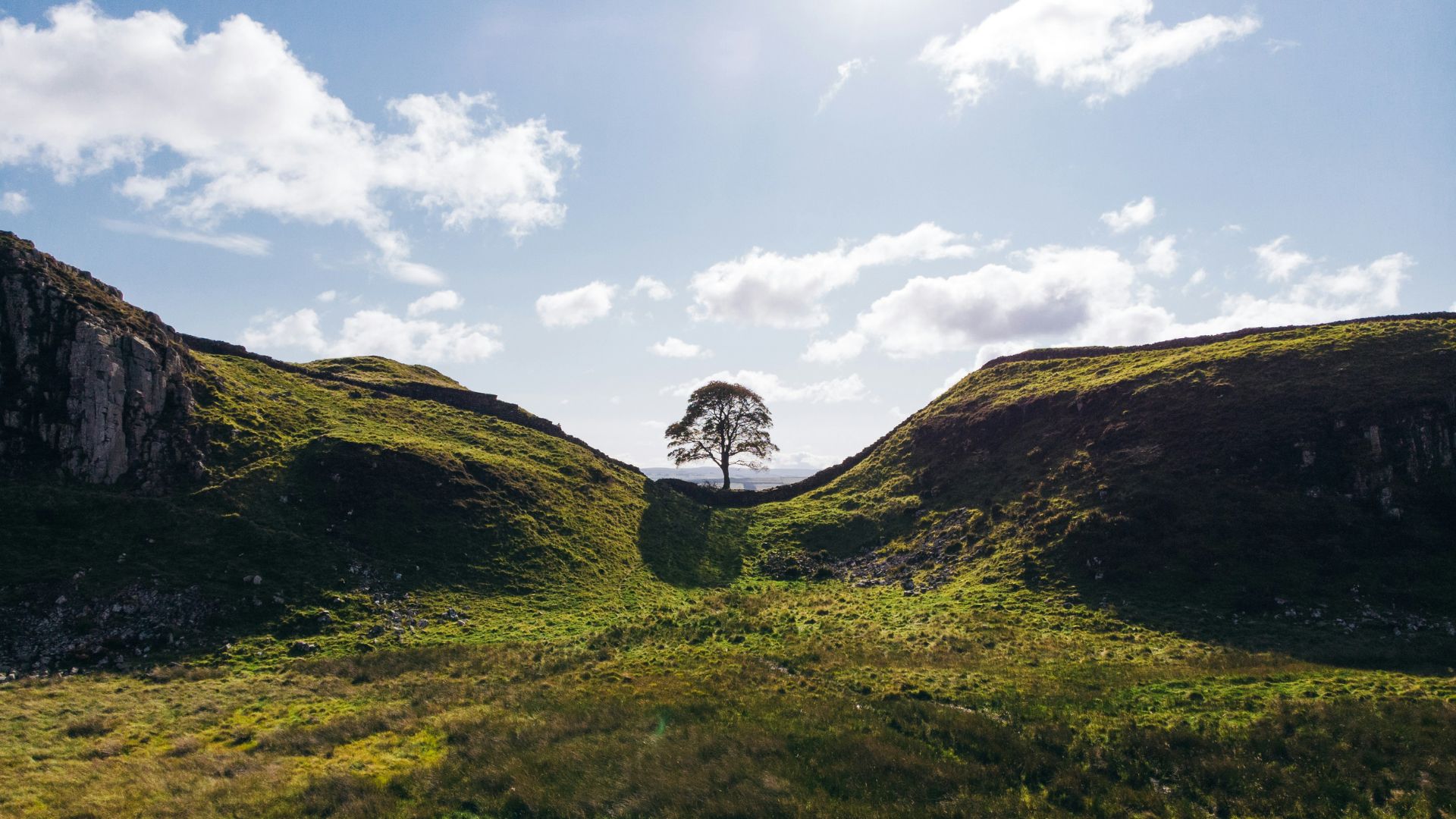



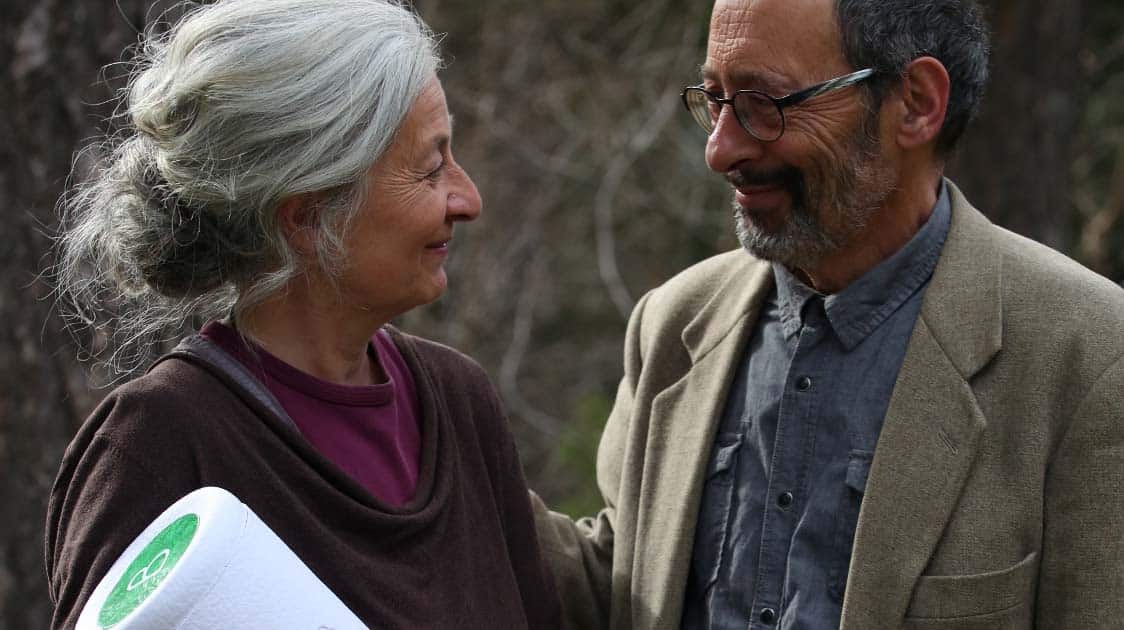
Leave a Reply